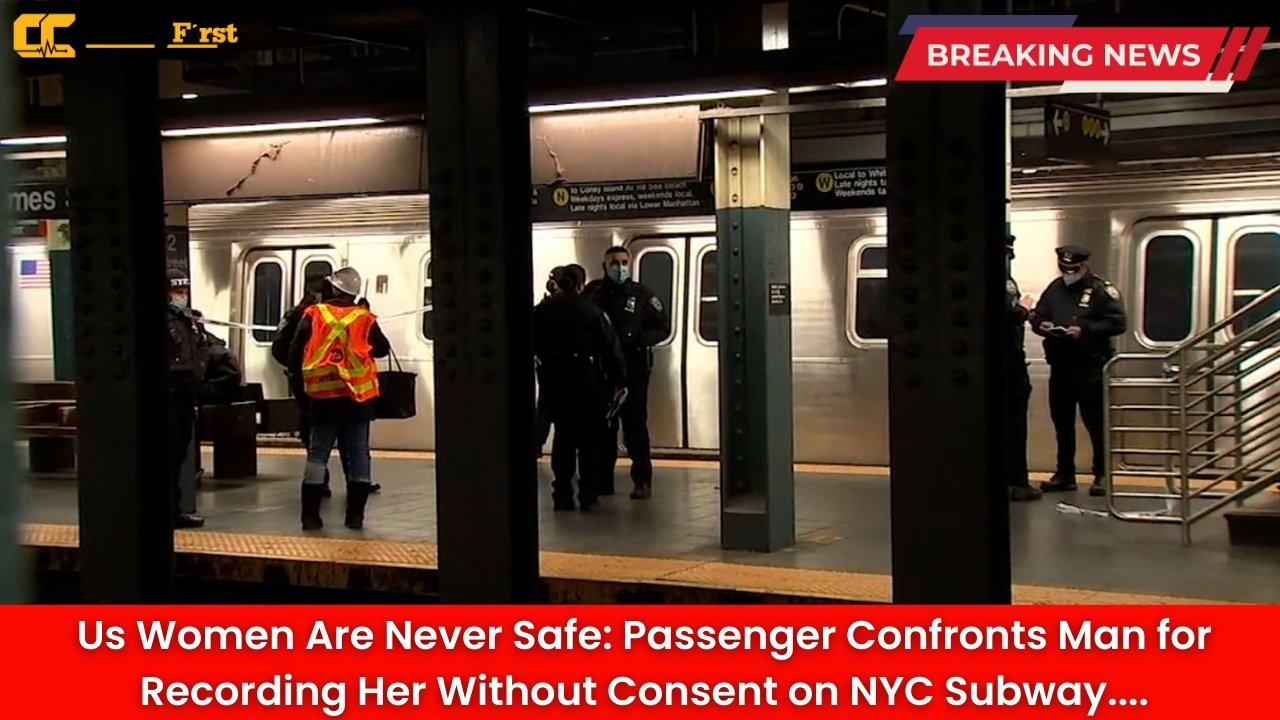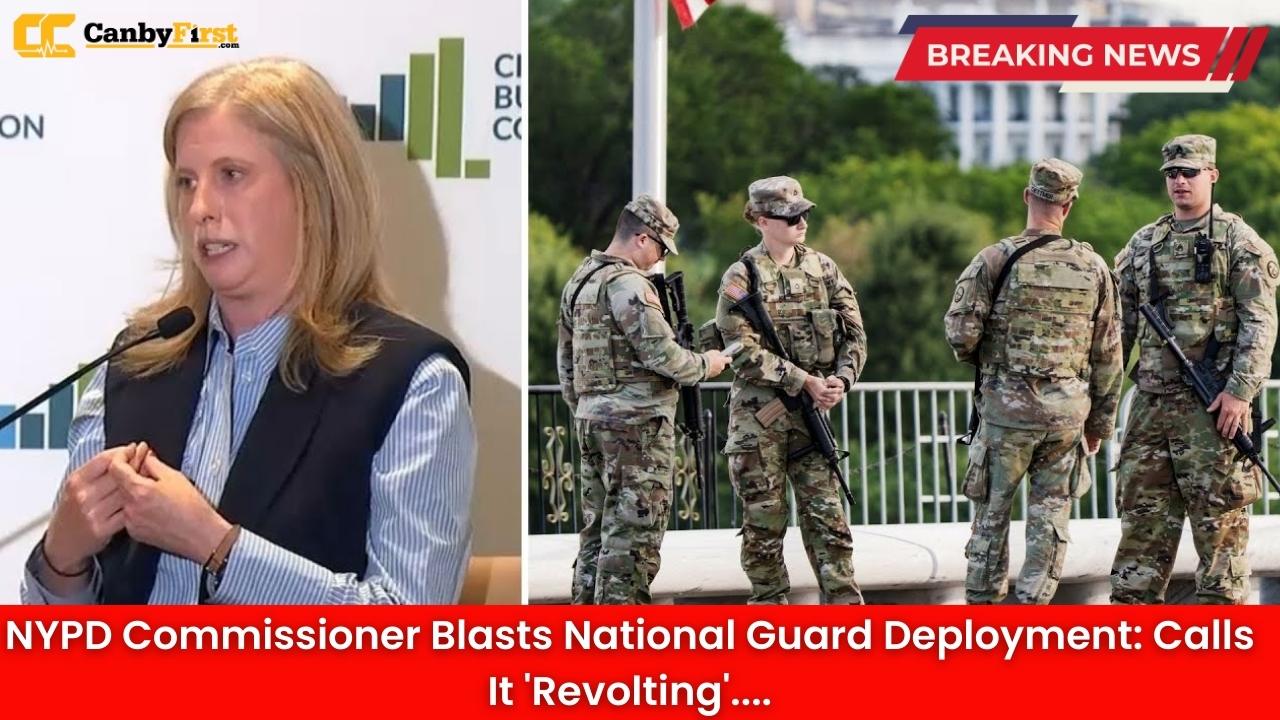New York, US: A tense moment unfolded on the New York City subway this week when a young woman confronted a man who was allegedly recording her without her consent. The incident, captured in a viral video recorded by another passenger, has reignited conversations about women’s safety in public spaces and the growing issue of harassment on public transportation.
The Confrontation on the Train
The video shows the woman seated on the train, visibly uncomfortable, after realizing a man across from her had been filming her without permission. She confronted him, demanding to know why he was recording her. In the footage, other passengers can be heard murmuring in support of the woman, while some reportedly urged the man to stop and delete the recording.
At one point, the woman can be heard expressing her frustration, stating, “Us women are never safe.” Her words struck a chord with many who later saw the video online, echoing the sentiment of countless women who face harassment in everyday environments.
Growing Concerns for Women’s Safety
This incident highlights a persistent problem for women navigating urban environments: the lack of safety and comfort in public. According to local advocacy groups, unwanted recording and invasive behavior are increasingly reported on public transport systems. Women often describe feeling watched, objectified, or followed, creating a constant atmosphere of fear and discomfort.
Advocates argue that while the city has made progress in addressing crimes such as theft and assault on subways, addressing harassment — which can take the form of leering, catcalling, or recording without consent — remains difficult. Many cases go unreported because victims feel nothing will be done or that the behavior isn’t taken seriously enough by authorities.
Public Reaction and Online Outrage
The confrontation quickly spread on social media after the video surfaced. Many users supported the woman for standing up for herself, applauding her bravery in what could have become a hostile situation. Others expressed outrage at the man’s behavior and frustration with the sense that women cannot freely exist in public spaces without being harassed.
Phrases like “every woman has a story like this” and “we’re not even safe in daylight” trended alongside the video. The clip has become symbolic of the daily struggles women face in asserting their right to move about without unwanted intrusion.
Officials Urged to Respond
The Metropolitan Transportation Authority (MTA) has not released an official statement on the specific incident, but safety measures on trains have been a subject of growing debate. Riders are calling for more visible patrols, heightened use of surveillance cameras for accountability, and stronger penalties for individuals who harass or intimidate passengers.
Legal experts note that while recording in public places is often legal under certain conditions, filming individuals in an intrusive or harassing way can violate privacy rights. They stress that incidents such as this highlight the gray area between law and public decency, which often leaves women unsupported.
Calls for Cultural Change
Beyond policy or legal fixes, activists and commentators argue that the issue reflects a much deeper cultural problem. Women have long voiced concerns about the normalization of harassment, where behaviors such as following, whistling, or recording without consent are dismissed as minor or insignificant. The phrase spoken in frustration on the subway — “Us women are never safe” — speaks to the exhaustion many women feel when society minimizes their fears.
Moving Forward
Although the identity of the woman in the viral clip remains private, her words continue resonating with many. She is being hailed as a voice for every woman who has endured similar experiences, whether on a train, walking home, or simply existing in public spaces.
The incident has sparked renewed demands for both systemic reforms in public safety and a cultural reckoning about how women are treated in everyday life. It serves as a stark reminder that safety is not evenly experienced across genders, and that many women continue to navigate the world on constant alert.
Conclusion
The subway confrontation is more than just another viral video; it is a snapshot of the ongoing struggle for women’s safety in public. While it began as an uncomfortable exchange between two strangers, it has quickly become part of a much larger conversation about harassment, accountability, and the right for women to simply exist without fear.














Leave a Reply